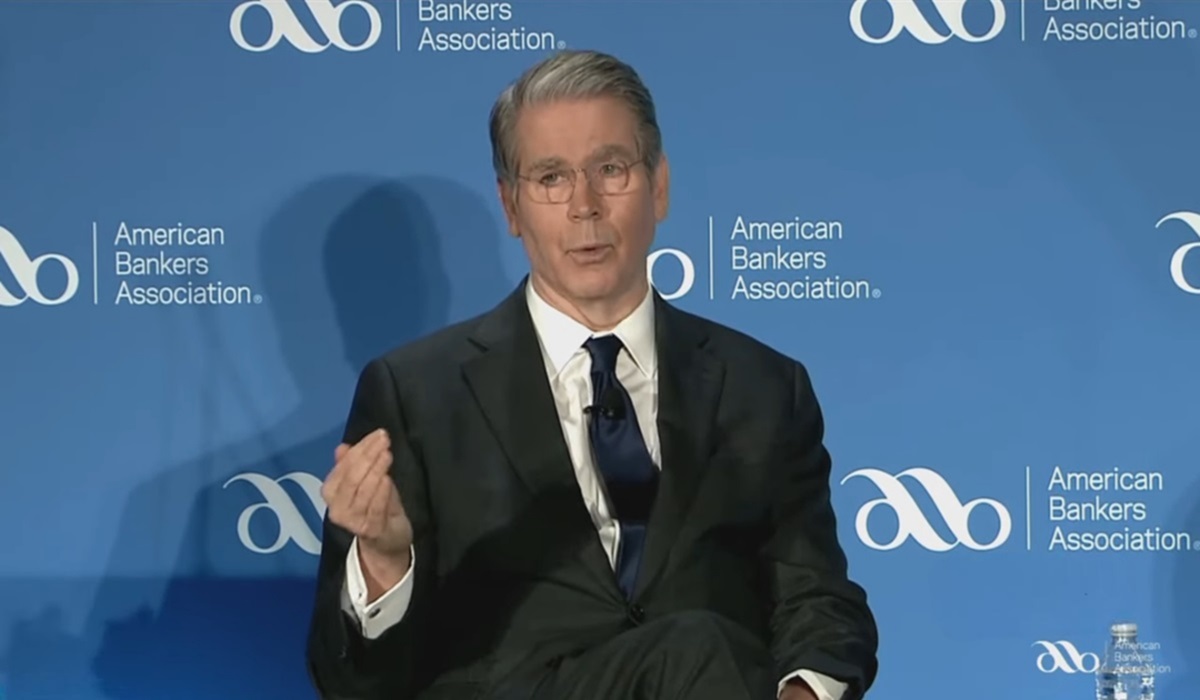In the crowded history of American wealth, few families have managed to keep a fortune intact and expanding over more than a century. The Rockefeller family is one of those rare exceptions. What started with oil and industrial grit evolved into a carefully engineered legacy—one that has survived wars, recessions, and social upheaval. The secret? Not just earning wealth, but protecting and growing it through a system that combined the waterfall method, permanent life insurance, and ironclad family trusts.
The waterfall method is a structured financial distribution approach that directs money in a top-down sequence. For this family, wealth didn’t just flow freely to heirs. Instead, it passed through layers of legal and financial filters designed to guard against taxes, creditors, and impulsive spending. At the top of the waterfall sat the family trusts and insurance policies, which served as holding tanks, controlling how and when money moved.
Permanent life insurance—specifically whole life policies—played a pivotal role. These weren’t ordinary policies taken out for short-term security. They were long-term financial vehicles, designed to build cash value over time while providing guaranteed death benefits. Each generation took out substantial policies on themselves, but the ownership didn’t rest with individuals. The policies were held by the family trust. When a family member died, the death benefit—often in the millions—flowed straight into the trust, tax-free and outside the reach of estate laws.
A portion of that payout would then be used to fund new policies on the next generation, creating a cycle of guaranteed liquidity and asset growth. Over time, the trust itself became a kind of private bank—one that issued its own loans, funded family projects, and ensured that no outside institution controlled the purse strings.
The real power of this system came from the irrevocable nature of the family trusts. These legal structures outlined precisely how money could be accessed: for education, business ventures, property purchases—but not for unchecked consumption. Trustees ensured the rules were followed, and beneficiaries couldn’t alter the terms or spend down the capital on a whim. Even divorce or lawsuits couldn’t touch what was held within these protective structures.
While many prominent families saw their fortunes dissolve within a few generations, the Rockefellers built a machine designed for permanence. Their model has since been studied and replicated by those seeking a blueprint for generational wealth. In fact, financial advisors often refer to this system as the “family bank” or “dynasty trust model,” inspired by their success.
But what makes this approach truly effective is the discipline behind it. The use of insurance to grow capital tax-free, the strict oversight of irrevocable trusts, and the waterfall structure that ensures each layer serves a purpose—none of it happened by accident. It was planned, revised, and enforced with the understanding that real wealth isn’t about how much you make. It’s about how much you protect.
The Rockefeller family didn’t rely on chance. They relied on structure. And in doing so, they turned a single fortune into an enduring legacy. For anyone serious about building lasting wealth, there’s no better case study—and no better reminder that smart money doesn’t just trickle down. It’s channeled with intent.









